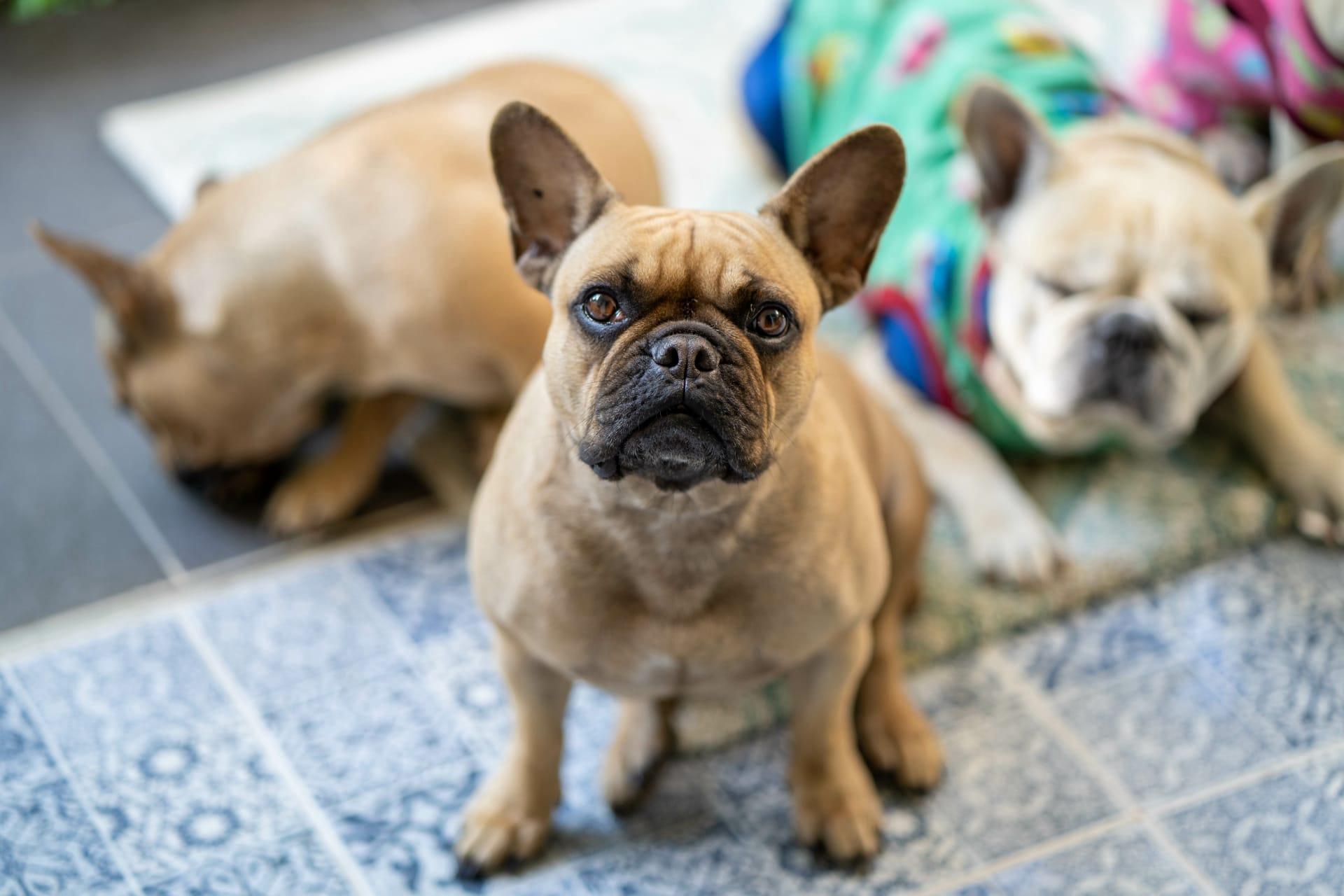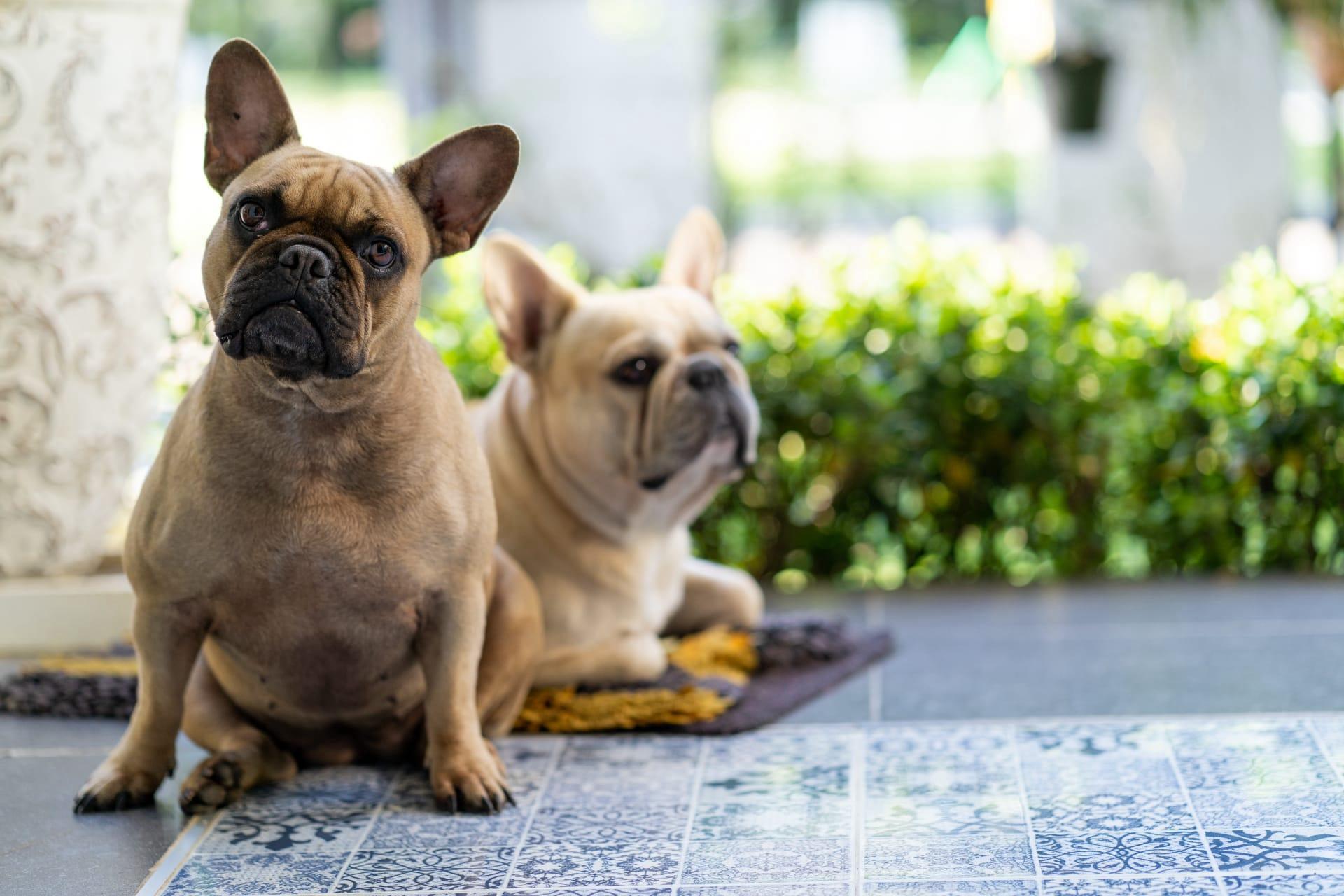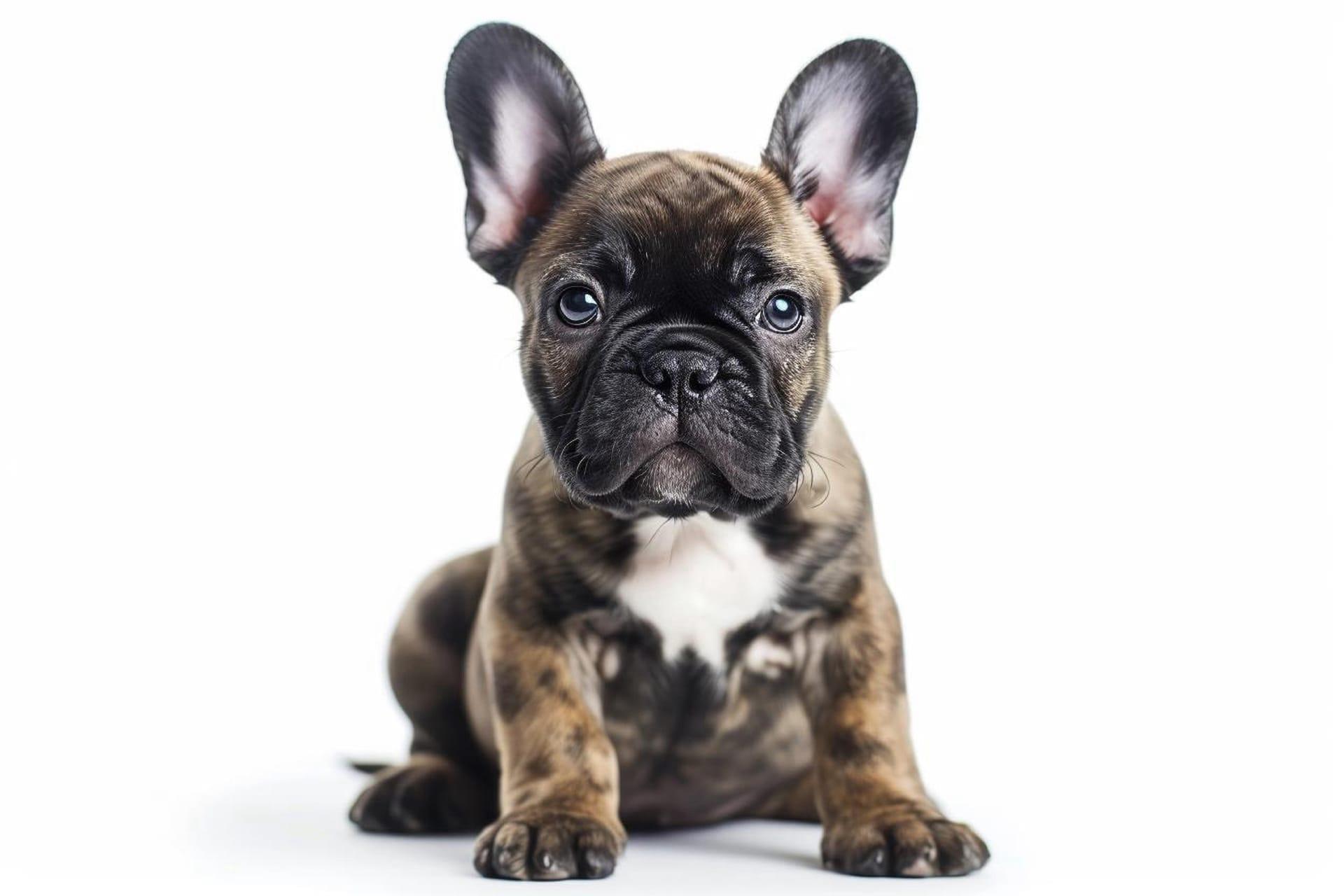French Bulldogs Characteristics
- Home /
- Mini Encyclopedia /
- Animal /
- French Bulldogs Characteristics
1
French Bulldogs, known for their compact size and affectionate nature, stand out in the canine world with their distinct appearance. Typically weighing under 28 pounds and standing about 11 to 12 inches tall at the shoulder, these sturdy little dogs pack a lot of personality into a small package. Their lifespan ranges from 10 to 12 years, making them cherished companions for about a decade. Characterized by their broad, square heads, bat-like ears, and short snouts, French Bulldogs have a unique look that easily garners attention. Their short, smooth coat comes in a variety of colors, including brindle, fawn, and white, among others. This combination of features contributes to their unmistakable charm and appeal.
One of the most distinctive organs of the French Bulldog is its respiratory system, particularly its brachycephalic (short-nosed) skull structure. This physical trait gives them their characteristic short snout but also poses unique health challenges. The brachycephalic syndrome in these dogs can lead to breathing difficulties, snoring, and a susceptibility to overheating. Their short nasal passages and elongated soft palate can obstruct air flow, making it harder for them to regulate their body temperature through panting. This condition necessitates a careful approach to exercise, especially in hot or humid weather, to prevent overheating and respiratory distress.

2
Question: Why do French Bulldogs have difficulty with excessive heat and what precautions should be taken?
Answer: French Bulldogs struggle in excessive heat due to their brachycephalic skull structure, which compromises their ability to breathe efficiently and cool themselves through panting. This condition makes them prone to overheating and heatstroke. To safeguard these dogs, owners should avoid outdoor activities during peak heat hours, ensure access to shade and fresh water at all times, and use air conditioning or fans to help keep them cool indoors. It's also important to recognize signs of overheating, such as excessive panting, drooling, lethargy, or difficulty breathing, and take immediate action by moving the dog to a cooler environment and consulting a veterinarian if necessary.

3
French Bulldogs are not known for their athleticism, but they do require regular, moderate exercise to maintain their health. Short walks in cool weather or play sessions indoors can keep them active and prevent obesity. Due to their brachycephalic nature, it's crucial to monitor them closely during exercise to avoid respiratory distress. Ideally, activities should be limited to periods of cooler temperatures, such as early mornings or late evenings.
When it comes to feeding, French Bulldogs have specific dietary needs that must be met to maintain their overall health and manage their propensity for obesity. A balanced diet tailored to their age, size, and activity level is essential. High-quality dog food, measured portions, and limited treats help ensure they receive the necessary nutrients without excess calories. It's also important to be mindful of their potential for food allergies and select a diet that avoids common allergens specific to the breed.

4
French Bulldogs thrive in loving home environments where they can receive plenty of attention and companionship. They are well-suited to apartment living due to their small size and relatively low exercise needs. However, their sensitivity to extreme temperatures means their living spaces should be temperature-controlled to protect them from both heat and cold. Their sociable nature makes them excellent companions for individuals and families alike, but their environment must be equipped to cater to their physical limitations.
Reproduction in French Bulldogs often requires human intervention, primarily due to their physical characteristics. The breed's wide shoulders and narrow hips mean that natural mating and birthing are challenging, often necessitating artificial insemination and cesarean sections to deliver puppies safely. This aspect of French Bulldog care requires careful planning and consideration, including potential health risks and the financial costs associated with breeding procedures.

5
Book: "The French Bulldog: Heritage & Art" by Muriel P. Lee. This book, originating from the United States in the early 21st century, offers an extensive look into the history, development, and cultural significance of French Bulldogs. Lee combines thorough research with captivating images, providing insights into the breed's origins in England, its establishment in France, and its eventual popularity worldwide. The book also explores the artistic representations of the breed, underscoring its impact on culture and society.
Book: "French Bulldogs: A Complete Pet Owner's Guide" by Caroline Coile. Published in the late 20th century, this guide serves as an invaluable resource for current and prospective French Bulldog owners. Coile, an esteemed canine author, delves into the breed's characteristics, care requirements, and health concerns. The book covers everything from selecting the right French Bulldog to understanding its unique behavioral traits, offering practical advice on nutrition, exercise, training, and health care. Coile's work is renowned for its clarity, comprehensiveness, and the practicality of its advice, making it a must-read for those looking to enrich their lives with a French Bulldog.